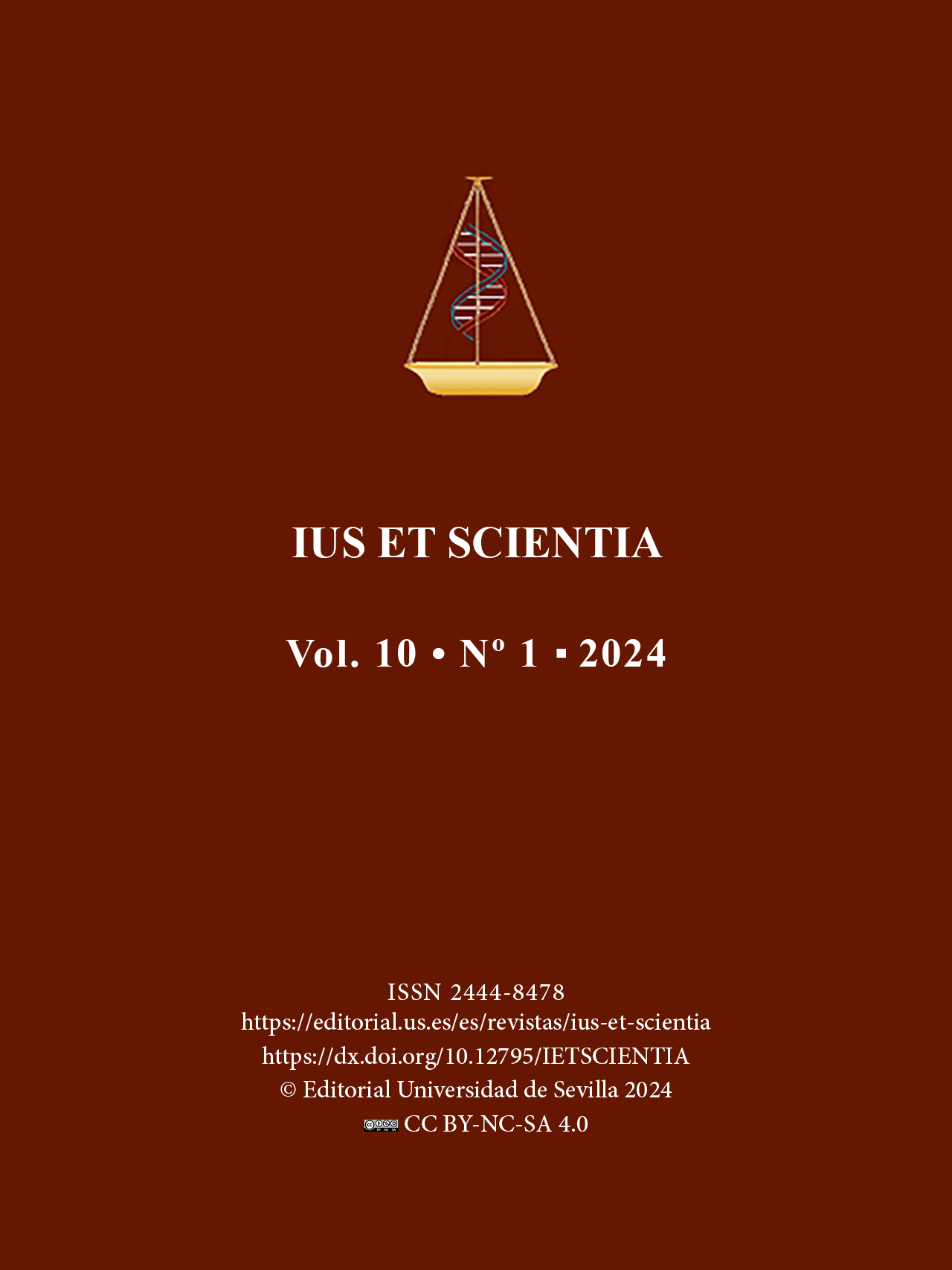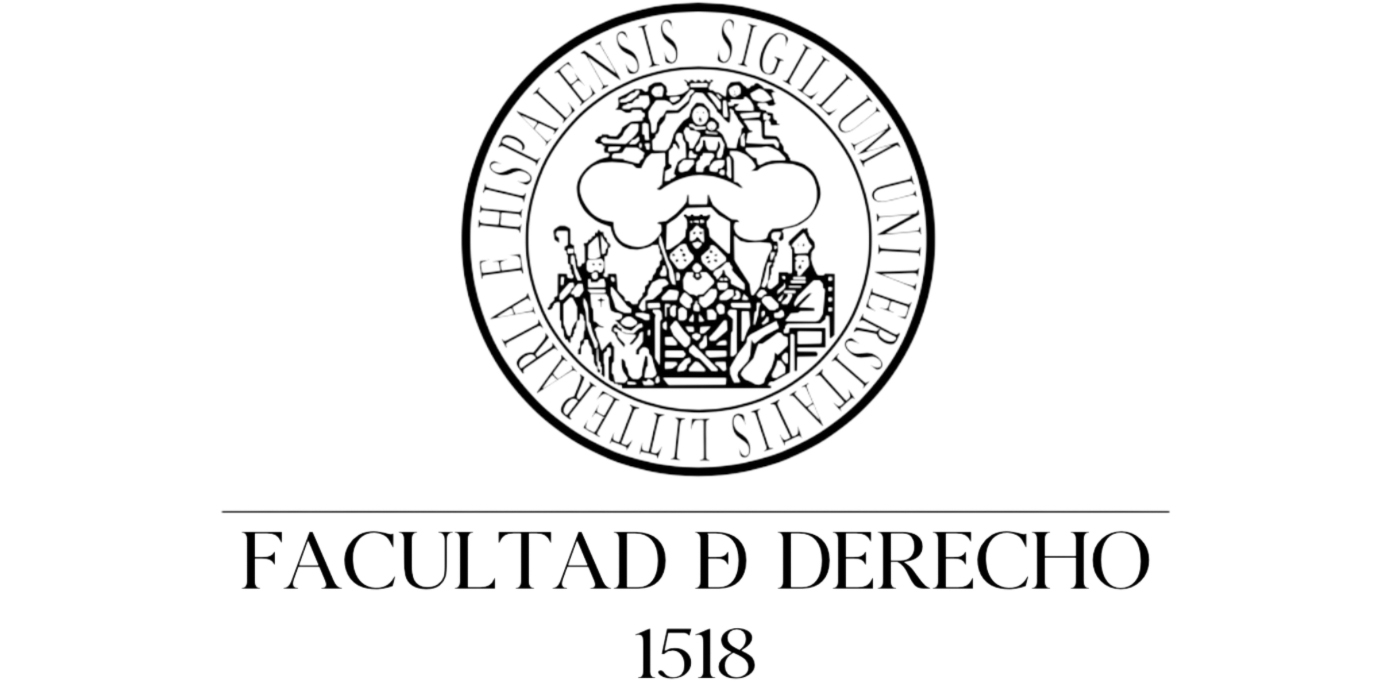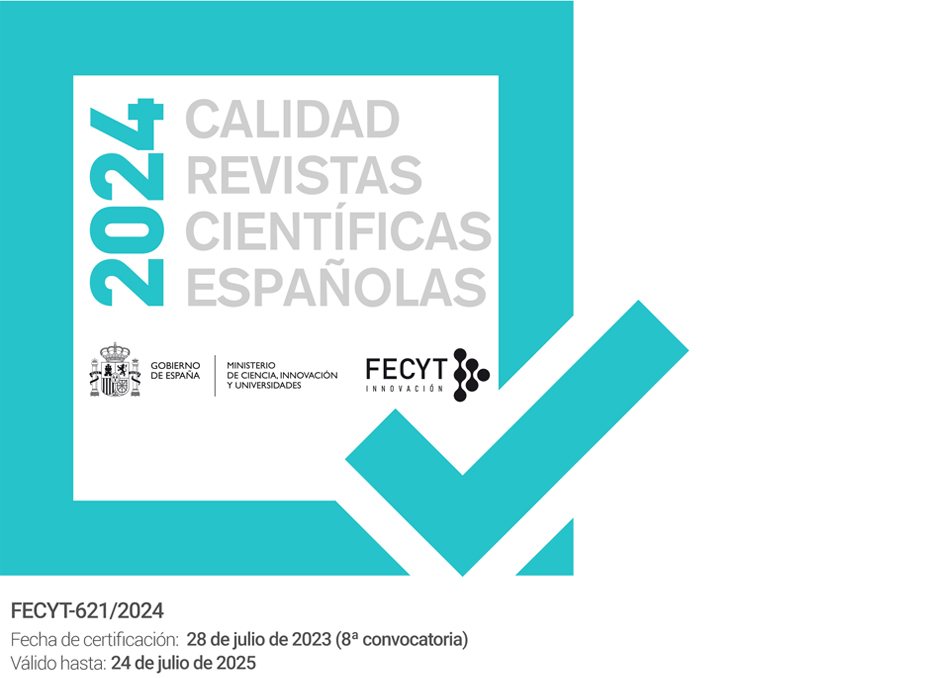Unveiling the unreported: ai-based event extraction for analyzing the american representation of hate crimes
DOI:
https://doi.org/10.12795/IESTSCIENTIA.2024.i01.08Keywords:
Hate crimes, Official reports, Statistical approximations, Event extraction, Multi-instance learning, Artificial intelligence (AI)Abstract
Official reports of hate crimes in the United States are underestimated compared to the actual number of such incidents. Additionally, despite statistical approximations, many American cities lack official reports on hate incidents. Here, we initially demonstrate that event extraction and multi-instance learning, based on artificial intelligence (AI), applied to a set of local news articles, can predict hate crime cases. We then use the AI-trained model to detect hate incidents in cities for which the FBI lacks Official reports of hate crimes in the United States are underestimated compared to the actual number of such incidents. Additionally, despite statistical approximations, many American cities lack official reports on hate incidents. Here, we initially demonstrate that event extraction and multi-instance learning, based on artificial intelligence (AI), applied to a set of local news articles, can predict hate crime cases. We then use the AI-trained model to detect hate incidents in cities for which the FBI lacks
Downloads
References
ABA CATOIRA, A. M. (2015). «Protección de las libertades de expresión y sanción del discurso del odio en las Democracias Occidentales.» EDaSS, 199-221.
ABADI, M., BARHAM, P., CHEN, J., CHEN, Z., DAVIS, A., DEAN, J., ... & IRVING, G. (2016). Tensorflow: A system for large-scale machine learning. In 12th {USENIX} Symposium on Operating Systems Design and Implementation ({OSDI} 16), pages 265–283.
CHEN, Y., XU, L., LIU, K., ZENG, D., & ZHAO, J. (2015). Event extraction via dynamic multi-pooling convolutional neural networks. In Proceedings of the 53rd Annual Meeting of the Association for Computational Linguistics and the 7th International Joint Conference on Natural Language Processing (Volume 1: Long Papers), volume 1, pages 167–176.
COHEN, J. (1968). Weighted kappa: Nominal scale agreement provision for scaled disagreement or partial credit. Psychological bulletin, 70(4), 213.
FBI. (2020). Hate crime statistics, 2019. https://ucr.fbi.gov/hate-crime/2019. Acceso: 03-01-2024.
FIELD, A. P., & WILCOX, R. R. (2017). Robust statistical methods: A primer for clinical psychology and experimental psychopathology researchers. Behaviour research and therapy, 98, 19–38.
GONZÁLEZ Gaya, C., Domingo Navas, R., & Sebastián Pérez, M. Á. (2013). «Técnicas de mejora de la calidad.» UNED Cuadernos.
GRAVES, A., & SCHMIDHUBER, J. (2005). Framewise phoneme classification with bidirectional lstm and other neural network architectures. Neural Networks, 18(5-6), 602–610.
HOCHREITER, S., & SCHMIDHUBER, J. (1997). Long short-term memory. Neural computation, 9(8), 1735–1780.
HUANG, Z., XU, W., & YU, K. (2015). Bidirectional lstm-crf models for sequence tagging. arXiv preprint arXiv:1508.01991.
JACOBS, J. B., POTTER, K., et al. (1998). Hate crimes: Criminal law & identity politics. Oxford University Press on Demand.
KAUFMAN, G. A. (2015). «Odium dicta: Libertad de expresión y protección de grupos discriminados en Internet.» Consejo Nacional para Prevenir la Discriminación.
KENNEDY, B., KOGON, D., COOMBS, K., HOOVER, J., PARK, C., PORTILLO-WIGHTMAN, G., ... & DEHGHANI, M. (2018). A typology and coding manual for the study of hate-based rhetoric. PsyArXiv.
LEWIS, D. D., & GALE, W. A. (1994). A sequential algorithm for training text classifiers. In SIGIR94, pages 3–12. Springer.
MANNING, C., SURDEANU, M., BAUER, J., FINKEL, J., BETHARD, S., & MCCLOSKY, D. (2014). The stanford corenlp natural language processing toolkit. In Proceedings of 52nd annual meeting of the association for computational linguistics: system demonstrations, pages 55–60.
MASUCCI, M., & LANGTON, L. (2017). Hate crime victimization, 2004-2015. Washington, DC, US Department of Justice Office of Justice Programs Bureau of Justice Statistics.
MELLGREN, C., ANDERSSON, M., & IVERT, A.-K. (2017). «For Whom Does Hate Crime Hurt More? A Comparison of Consequences of Victimization Across Motives and Crime Types.» SAGE: Journal of Interpersonal Violence, 36.
MÜLLER, K., & SCHWARZ, C. (2020). «Fanning the Flames of Hate: Social Media and Hate Crime.» SSRN Electronic Journal.
OSCE. (2021). «Hate Crime Data.» Disponible en https://hatecrime.osce.org.
PENNINGTON, J., Socher, R., & MANNING, C. (2014). Glove: Global vectors for word representation. In Proceedings of the 2014 conference on empirical methods in natural language processing (EMNLP), pages 1532–1543.
PEZZELLA, F. S., FETZER, M. D., & KELLER, T. (2019). The dark figure of hate crime underreporting. American Behavioral Scientist, page 0002764218823844.
QUESADA ALCALÁ, C. (2015). «La labor del Tribunal Europeo de Derechos Humanos en torno al discurso de odio en los partidos políticos.» Revista Electrónica de Estudios Internacionales, (30).
WANG, W., NING, Y., RANGWALA, H., & RAMAKRISHNAN, N. (2016). A multiple instance learning framework for identifying key sentences and detecting events. In Proceedings of the 25th ACM International on Conference on Information and Knowledge Management, pages 509–518. ACM.
YANG, Z., YANG, D., DYER, C., He, X., SMOLA, A., & HOVY, E. (2016). Hierarchical attention networks for document classification. In Proceedings of the 2016 Conference of the North American Chapter of the Association for Computational Linguistics: Human Language Technologies, pages 1480–1489.
Published
How to Cite
Issue
Section
License
Copyright (c) 2024 Daniel Suárez Alonso

This work is licensed under a Creative Commons Attribution-NonCommercial-ShareAlike 4.0 International License.
Those authors being published in this journal agree to the following terms:
- Authors retain their copyright and they will guarantee to the journal the right of first publication of their work, which will be simultaneously subject to license recognition by Creative Commons that allows others to share such work provided it is stated the author’s name and his first publishing in IUS ET SCIENTIA.
- Authors may take other non-exclusive distribution license agreements version of the published work (e.g. deposit in an institutional digital file or publish it in a monographic volume) provided it is stated the initial publication in this journal.
- It is allowed and encouraged that Author s disseminate their work via the Internet (e. g. institutional digital files or on their website) prior to and during the submission process, which can lead to interesting exchanges and to increase citation of the published work.
- Abstract 94
- PDF (Español (España)) 37
- HTML (Español (España)) 8






